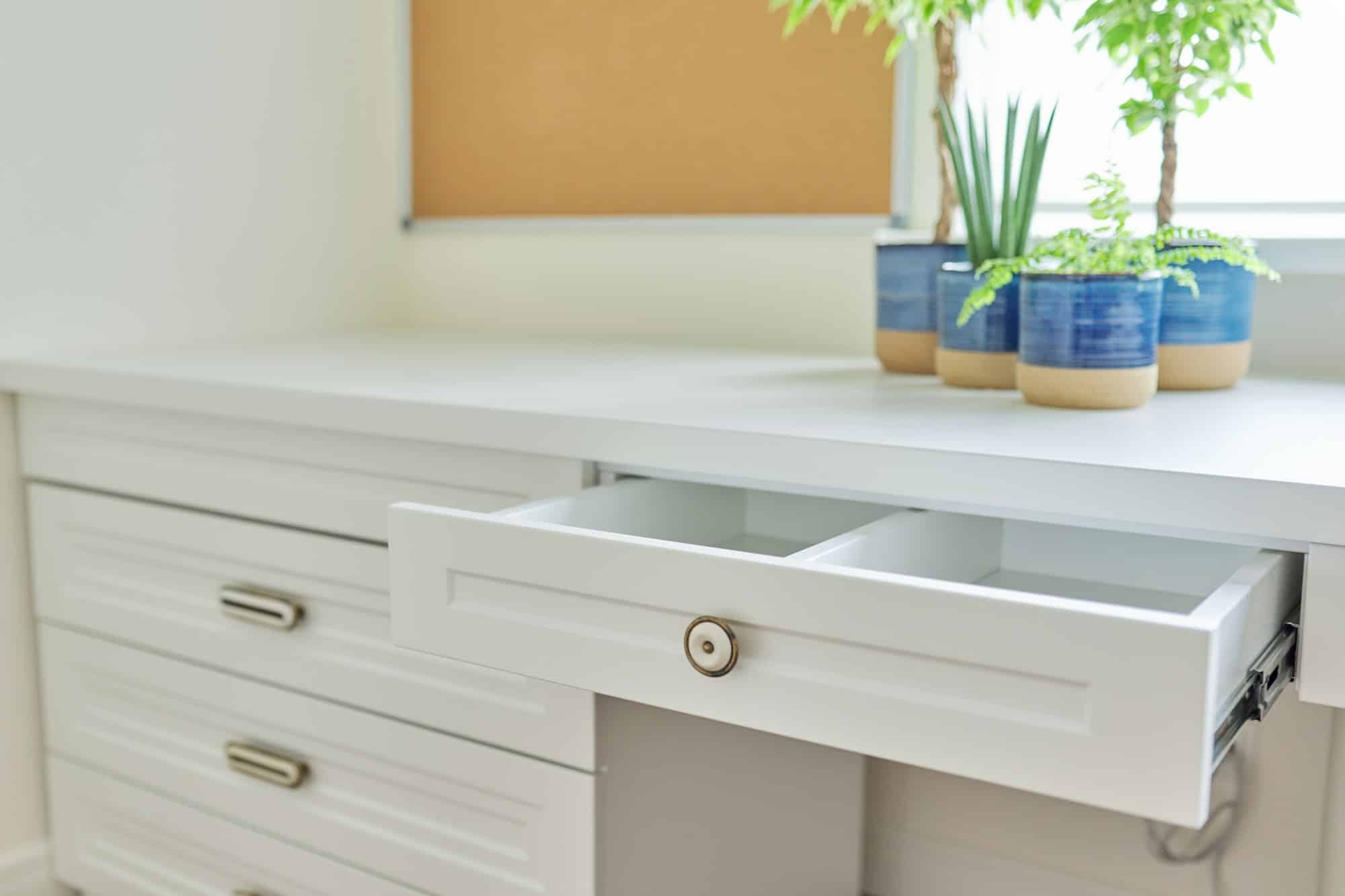What are the best tips for creating a hidden home office in a UK living room alcove?

In the current era where the home is doubling up as an office space, creating an ergonomic and efficient workspace has become critical. If you are living in the UK and dealing with limited space, you are not alone. Many are facing the same predicament. However, making use of an alcove in your living room can be a lifesaving idea.
Today, we will walk you through how to transform your alcove into a hidden home office. We will cover several elements including space optimization, furniture selection, storage and organization, lighting, and aesthetic design.
En parallèle : What are the best UK-native flowering shrubs for a low-maintenance front garden?
Choosing the right furniture for your alcove home office
The first step in creating a hidden home office in a UK living room alcove is selecting the appropriate furniture. The use of the correct pieces can be transformative, creating a functional workspace within a small area.
When choosing furniture, consider the dimensions of your alcove. Measure the width, height, and depth to ensure a precise fit. A desk that fits snugly into the alcove will provide a solid foundation for your office. Also, consider acquiring an ergonomic chair that promotes good posture to ensure you stay comfortable throughout your workday.
A voir aussi : What’s the best approach to eco-friendly waste disposal in a UK rural home?
In addition, opt for furniture that blends with your living room design. This will ensure that your office space does not interfere with the general ambiance of the room. It’s also a good idea to use furniture that can be easily concealed when not in use, maintaining the versatility of your living room space.
Maximizing storage in your alcove office
Storage is a critical component of any office space. It not only helps to keep your workspace tidy but also ensures that all your work essentials are within reach. When dealing with a small alcove office, maximizing storage space becomes even more vital.
Shelves are a great way to utilize vertical space. Floating shelves can be installed above the desk, providing ample storage without eating up desk space. For more concealable storage, consider using wall-mounted cabinets. If the depth of the alcove allows, a slimline filing cabinet can be a good addition as well.
Remember, the key to storage in a small space is to keep it organized. Use storage boxes, magazine files, and pen pots to categorise your belongings neatly.
Creating the right lighting for your alcove office
Lighting plays a crucial role in productivity and eye health, especially if your work involves long hours in front of a computer.
If your alcove is near a window, make good use of this natural light. However, you will still need additional lighting for those cloudy days and evening hours. A desk lamp with adjustable brightness will provide ample task lighting. For a more uniform light distribution, you can install overhead lights or wall sconces.
Moreover, keep in mind that the right lighting can also enhance the aesthetic appeal of your alcove office. Lights with warm tones can create a cozy and inviting atmosphere, while those with cool tones can help maintain alertness.
Designing your alcove office to fit your living room decor
The design of your alcove office should seamlessly blend with your living room decor. This will prevent your workspace from sticking out and disrupting the overall aesthetics of the room.
Choose a colour scheme that complements your living room palette. If your living room features neutral tones, continue this scheme in your alcove office. Alternatively, you can choose a contrasting but complementary colour scheme to give your office area a distinctive look.
Remember, less is often more when it comes to small space design. Avoid cluttering your office area with unnecessary decor items. Instead, opt for functional decor pieces like an attractive pen holder or a stylish desk lamp.
Creating flexibility in your alcove office
The beauty of an alcove office lies in its ability to remain hidden when not in use. Thus, creating flexibility in your workspace is essential.
Use items such as foldable desks or chairs that can be tucked away when not in use. Alternatively, you can install a curtain or sliding door to your alcove to keep your workspace out of sight when you are not working.
Another consideration is to have your computer monitor wall mounted on a swivel arm. This allows you to adjust its position when working and push it back against the wall when not in use.
Remember, keeping your workspace tidy will also make it easier to conceal. Make it a habit to clear your desk at the end of the day and store all your work materials properly.
Overall, creating a hidden home office in a UK living room alcove can be a fun and rewarding process. With the right furniture, optimized storage, good lighting, cohesive design and flexibility, you can create a productive workspace that can be neatly tucked away at the end of the day.
Incorporating Interior Design Principles in Your Alcove Office
As you create your home office in an alcove of your living room, the principles of interior design should not be overlooked. These principles can help you create a workspace that is not only functional but also aesthetically pleasing.
To start off, consider the focal point of your living room. Your office should not detract from it, but rather blend with it harmoniously. Consequently, your office should be designed in a way that it does not dominate the room but discreetly fits in. A well-placed bookshelf or a piece of artwork could serve as the perfect camouflage.
Next, consider the balance of your living space. You don’t want your office to make the room feel lopsided or crowded. Be sure to consider the weight and distribution of elements in your living room when setting up your office.
Colour can also greatly affect the mood and perception of a room. Neutral tones often make a space feel bigger and brighter. You can use these tones as the base of your office decor and add pops of colour for a dynamic effect.
Remember, image credit is crucial when your living room doubles as your office. The space should reflect your personal style and be a place where you can focus and feel productive. As you work from home, take your time to curate a space that you love and enjoy spending time in.
Conclusion: Creating a Hidden Home Office in a Living Room Alcove
The task of creating a home office in a living room alcove may seem challenging, especially in the context of small spaces in the UK. However, with thoughtful planning and execution, it is more than achievable.
From choosing the right furniture and maximizing storage to ensuring the right lighting and integrating your office into your existing decor, there are numerous ways to make your alcove office efficient and agreeable. Moreover, incorporating flexibility into the design can help you maintain the dual functionality of your living room, ensuring your work does not intrude on your living space.
Creating a home office is not just about carving out a space to work; it’s about designing a space that enhances productivity, inspires creativity, and ensures comfort. With these tips and office ideas, you can transform your living room alcove into an appealing and effective workspace.
In the end, remember that the key to successfully working from home lies in creating a balance between your work and living spaces. A well-designed alcove office can help you achieve this balance, making your small home multifunctional.
And finally, revisit your workspace from time to time. As your work demands change, so too should your workspace. Regular tweaks and updates will ensure your alcove office remains a functional and pleasant space to work in. Future plc credits this adaptability as one of the most important factors in maintaining a productive and successful home office. Remember, your home office is an evolving space that should adapt to your needs and preferences.
